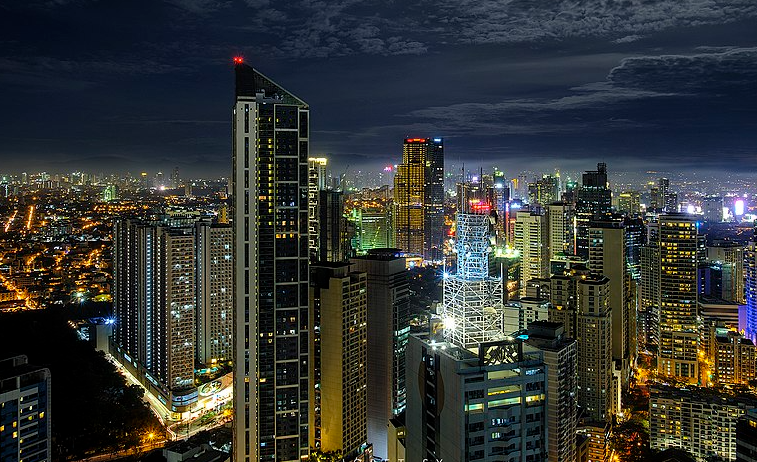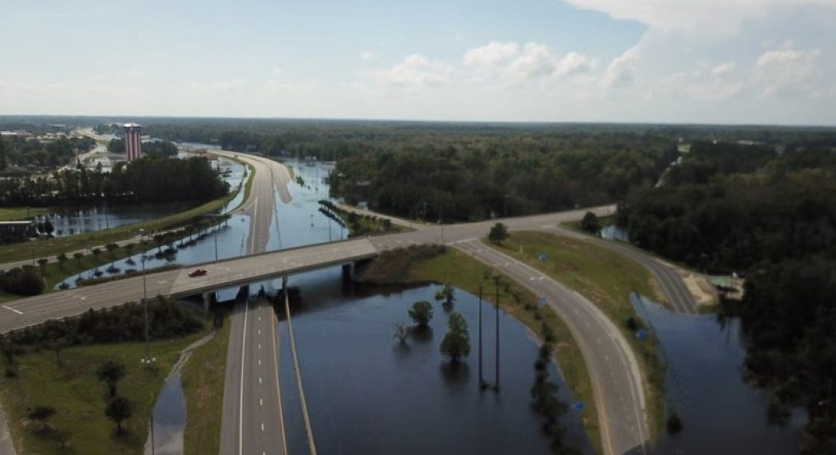Explore Manila’s Smart City Revolution: Innovations for a Sustainable Future Welcome to the Varidx Blog! Join us on an exciting journey through the bustling metropolis of Manila, where innovation meets tradition in the heart of the Philippines. Smart City Initiatives: Paving the Way for a Brighter Future Pioneering Projects Our visit to Manila was part of the U.S. Trade Mission focused on Innovative Technologies for Urban Infrastructure Development. This event brought together American companies and local leaders from various cities, including Makati. During the mission, mayors from different parts of Manila shared their projects and ideas. It was inspiring to hear about their efforts to make their cities smarter and more livable. The discussions highlighted how important it is for cities around the world to work together and learn from each other. The trade mission was a great opportunity to explore how U.S. technologies could help support Manila’s goals for urban development. It reminded us that collaboration is key when it comes to tackling challenges in our cities. As we stepped off the plane into the warm, tropical air of Manila, we could feel the energy of a city poised for change. Our recent visit as part of the U.S. Trade Mission for Innovative Technologies for Urban Infrastructure Development opened our eyes to the incredible potential of this vibrant capital. Metro Manila is leading the charge in the Philippines’ Digital Transformation. Cities in the National Capital Region and outside, including —Makati, Muntinlupa, Caloocan, Pasig, and Quezon City , Cebu, Davao, and Clark—are trailblazing the path towards a smarter, more connected urban landscape. These cities are part of an ambitious plan to transform 80 Philippine cities into smart and sustainable communities by 2028. Technology at the Heart of Change Walking through the streets of Manila, we witnessed firsthand how technology is reshaping urban life. From smart traffic management systems to innovative waste disposal solutions, the city is embracing cutting-edge technologies to enhance various aspects of urban living. According to the Makati City Mayor Mar-Len Abigail Binay, the city uses data analytics to track Air Quality, Water and population health. CCTV Cameras are used for surveillance. Deploying several hundred Disaster Risk Reduction Management (DRRM) vehicles earned Makati a nomination to finalist for World Smart Cities Awards. Technology is in the city Mission: “The Makati City Government will be the model for world-class local governance: providing for the well-being of its citizenry through delivery of the highest level of basic, social, and economic services with breakthrough technologies, sustainable financing, and competent, responsible and professional civil servants” Collaboration: The Key to Success What struck us most was the spirit of collaboration driving Manila’s smart city initiatives. Government agencies, local authorities, and international partners are working hand in hand to bring this vision to life. The U.S. Trade Mission’s involvement underscores the global interest in Manila’s transformation. Sustainability: More Than Just a Buzzword Manila’s commitment to sustainability is evident in every corner of the city. From green spaces sprouting amidst concrete jungles to eco-friendly public transportation options, the city is taking concrete steps towards a greener future. Davo – Plastic Smart City The Plastic Smart Cities initiative in Davao City, implemented by WWF, focuses on reducing plastic pollution through innovative waste management solutions. Davao City, known for its rich cultural heritage and the annual Kadayawan festival, faces challenges in waste collection, especially in remote barangays. The initiative targets three types of barangays: high-end, Ru-Ban (rural-urban), and low-income. Key interventions include providing plastic shredders, supporting women’s organizations in waste segregation and upcycling, and establishing community gardens. Notable projects include the Toril Kamlabuan Association’s upcycling efforts and the Women’s Bright refilling station. These efforts aim to enhance waste management, promote sustainability, and reduce plastic pollution in Davao’s diverse communities. A City That Cares Perhaps the most heartening aspect of Manila’s smart city initiatives is the focus on improving the lives of its residents. Enhanced public services, powered by data analytics and smart technologies, are making government more responsive and efficient. The Road Ahead As we bid farewell to Manila, we left with a sense of excitement for what the future holds. The city’s smart initiatives are not just about technology—they’re about creating a more livable, sustainable, and prosperous urban environment for all. Experience the Future with Varidx Are you inspired by Manila’s journey towards becoming a smart city? At Varidx, we’re at the forefront of urban innovation, developing solutions that can help cities like Manila realize their smart city dreams. Ready to be part of the urban revolution? Book a demo with Varidx today and discover how our cutting-edge technologies can transform your city!
Revolutionizing Disaster Response: The USDOT and NCDOT Drone Program When Hurricane Florence made landfall in North Carolina in 2018, first responders faced a daunting challenge: How do you assess damage and coordinate relief efforts when roads are submerged and entire communities are cut off? The answer came from above, but not in the way you might expect. While emergency helicopters buzzed through the skies, a fleet of drones emerged as the unsung heroes of this natural disaster, forever changing how we think about emergency response. In the wake of natural disasters, timely and efficient response is crucial to saving lives and restoring normalcy. One of the most innovative approaches to disaster response has been the use of drones, as demonstrated by the North Carolina Department of Transportation (NCDOT) and the U.S. Department of Transportation (USDOT) after Hurricane Florence in 2018. This blog will discuss the impact of this drone program and explore additional innovations that a smart city platform can incorporate to enhance public safety and disaster management. The USDOT and NCDOT Drone Program Looking ahead, the NCDOT continues to innovate in the drone space. Building on their successful Hurricane Florence response, the agency has secured a prestigious USDOT SMART grant to revolutionize their disaster response capabilities. The centerpiece of this new initiative is the groundbreaking ‘drone-in-a-box’ technology – an autonomous system that promises to transform emergency operations. This innovative approach allows drones to be strategically positioned within communities before storms make landfall. These pre-positioned units can be activated remotely, eliminating the need for human operators to navigate potentially dangerous conditions. The implications for disaster response are significant: critical medical supplies like insulin can be staged alongside roads and delivered precisely when and where they’re needed most. What makes this system particularly powerful is its dual capability. Not only can these autonomous drones deliver life-saving supplies, but they can simultaneously capture vital imagery of disaster zones. This means damage assessment can begin immediately after a storm passes, without waiting for response teams to physically access affected areas. By removing the need to send personnel into hazardous conditions, the system prioritizes both speed of response and responder safety. This forward-thinking approach perfectly illustrates how smart city technologies are evolving to meet real-world challenges. By combining autonomous systems, remote operation capabilities, and strategic pre-positioning, the NCDOT is creating a more resilient and responsive disaster management framework that could serve as a model for departments of transportation nationwide. After Hurricane Florence devastated North Carolina, the NCDOT deployed 15 drone teams to assess the damage and aid in recovery efforts. These drones flew 260 missions, capturing over 8,000 images and videos to create a comprehensive statewide map of the affected areas. This data was instrumental in delivering supplies and restoring connectivity, especially when traditional methods like helicopters were otherwise engaged. The success of this pioneering program didn’t just prove the value of drones in disaster response – it opened our eyes to the incredible potential of integrated smart city solutions. While drones provide rapid, cost-effective aerial surveillance, they’re just one piece of a larger puzzle. Today’s cities need comprehensive, interconnected systems that can transform raw data into actionable intelligence. Here’s where innovations in smart city platforms come into play. Innovations for a Smart City Platform To further enhance disaster response and public safety, AI based smart city platforms can integrate a range of innovative technologies. Here are some key innovations that can be added: Connecting Phone Map Apps: Integrating real-time data from various sources into phone map applications can provide residents with up-to-date information on road closures, safe routes, and emergency services. This helps people navigate safely during disasters. Sending Updates Directly to the Public: Utilizing push notifications and SMS alerts, smart city platforms can send real-time updates directly to residents’ phones. This ensures that critical information, such as evacuation orders and safety instructions, reaches the public promptly. Updating Public Dashboards in Real-Time: Public dashboards that display real-time data on weather conditions, flood levels, and emergency services can keep residents informed and prepared. These dashboards can be accessible via websites and mobile apps. Mobile Fleet of Drones: Having a mobile fleet of drones ready to be deployed anywhere in the city can significantly enhance disaster response. These drones can be used for aerial surveillance, damage assessment, and delivering supplies to hard-to-reach areas. Tracking Cars Stuck in Floods: Using advanced sensors and GPS technology, smart city platforms can track vehicles stuck in floodwaters. This information can be relayed to emergency responders, enabling them to direct assistance to those in need quickly. Smart Traffic Management: Implementing smart traffic management systems that use real-time data to optimize traffic flow can help prevent congestion and ensure that emergency vehicles can reach affected areas without delay. Community Engagement Platforms: Creating platforms where residents can report issues, request assistance, and share information can foster community resilience. These platforms can also be used to coordinate volunteer efforts and distribute resources. Predictive Analytics: With the data collected, the AI powered smart city platform can perform analytics and provide predictions about likelihood of flooding and areas that will need the most help. Conclusion The USDOT and NCDOT drone program after Hurricane Florence is a testament to the power of technology in disaster response. By integrating drones and other innovative technologies into smart city platforms, cities can enhance their resilience, improve public safety, and ensure a more efficient response to emergencies. We are optimistic that next time a hurricane like Helene strikes, the public infrastructure will endure and bounce back faster. As we continue to face the challenges of climate change and urbanization, these innovations will be crucial in building safer, smarter, and more sustainable cities. Ready to revolutionize your city’s disaster response capabilities? Visit varidx.io to schedule a demo and discover how our cutting-edge smart city platform can help your community prepare for and respond to emergencies more effectively. Don’t wait for the next disaster to strike – take action today to build a more resilient tomorrow.



